The fastest (almost) toll-free routes to Spain
28 November, 2020 | Update: 26/09/2024
Are we there yet, are we there yet? When you set off for the sunny south, there are many miles ahead of you. The most obvious way to cover these distances is to use the motorways. But in both France and Spain, you pay a toll for the distances you cover. Not happy about that? There is a great alternative!
Simply use the tourist routes that will take you to Spain via lovely country roads (and only a couple of toll roads). Nice and inexpensive! And you will happily take that extra travelling time for granted as you pass through the beautiful countryside you would otherwise have missed. We will share with you the best and (almost) toll-free routes in France and Spain in this blog.
Why tolls?
Motorways take you quickly from A to B, but keeping the roads maintained costs money. So governments ask drivers for a contribution. In France and Spain this is different to Britain. On many motorways there you will pay a toll to use the section you are driving along. In France these roads are known as péage, in Catalonia they are peatge, and in the rest of Spain they are called peaje. Foreign visitors also have to pay their way. To reach the South of France, you can expect to pay up to 120 euros, depending on the type of vehicle (with or without a caravan or trailer tent). For many holidaymakers, that’s a good reason to drive along the country roads.

You can already see the signs in the distance – that means paying a toll!
Via Paris to Spain
Life is full of choices, also when it comes to camping. Toll roads are ideal for those who want to sit firmly attached to the steering wheel, so they can flop down on the beach as quickly as possible. Ridiculous, say those who favour the tourist routes; by not sticking to the beaten path, you will discover any number of wonderful regions in France and Spain during your roadtrip. And that can be fun!
- Western route: Paris – Biarritz – San Sebastian
If your destination is in the western half of Spain, the shortest route is via Paris. No tolls are charged in the Paris region and around Bordeaux. There is an interesting alternative to the A10 motorway from Poitiers until just before Bordeaux: the N10. This is completely dual-carriageway and has no traffic lights or roundabouts, except at the start and finish. The A10 between Bordeaux and Biarritz is mostly toll-free. Only where the A10 merges with the A63 does it become a toll road again. French (former) route nationales often make for a great and beautiful alternative to the toll roads. - Central route Paris – Limoges – Toulouse
If you are travelling to the centre of the Pyrenees, you can drive via Toulouse. This route, via the A20 between Vierzon and Toulouse, is two thirds toll-free. - Eastern route Paris – Clermont-Ferrand – Béziers – Perpignan – La Jonquera
The eastern route through France is the obvious choice for travelling to eastern Spain. More than 340 kilometres of the A75 (Clermont-Ferrand – Béziers) are toll-free apart from the Millau Bridge. Avoiding the toll bridge to save costs is pointless: the long and winding descent into Millau and the steep climb after Millau will cost you more in fuel. - Eastern route Nancy – Lyon – Béziers
The A31 from Luxembourg is free from beyond Nancy as far as Toulouse. There is no good alternative for the rest of the A31.The same goes for the continuation of the route to Lyon, the A6. The N7 from Lyon to Orange is possibly an alternative to the A7. There are several longer stretches here without too many traffic lights and roundabouts, but the N7 passes through a number of villages. There is no real alternative to the A9 from Orange to the Spanish border. This is also the most common route if you’re driving to Barcelona by car.


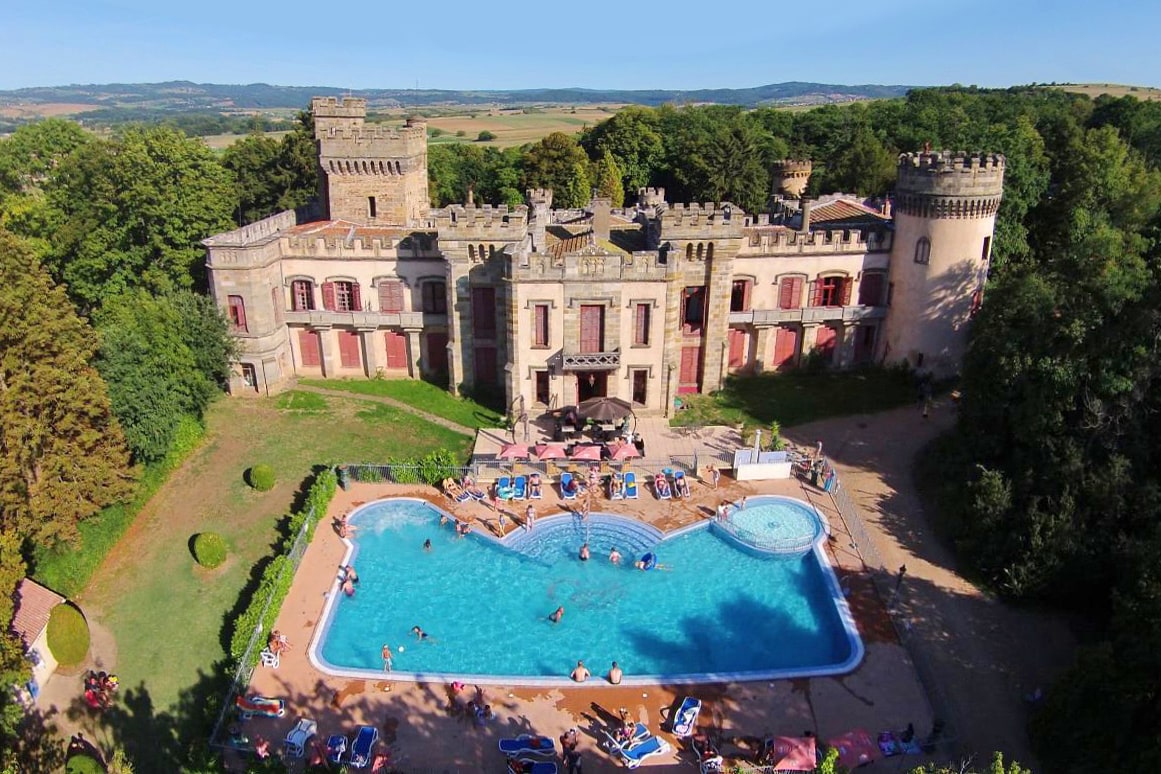
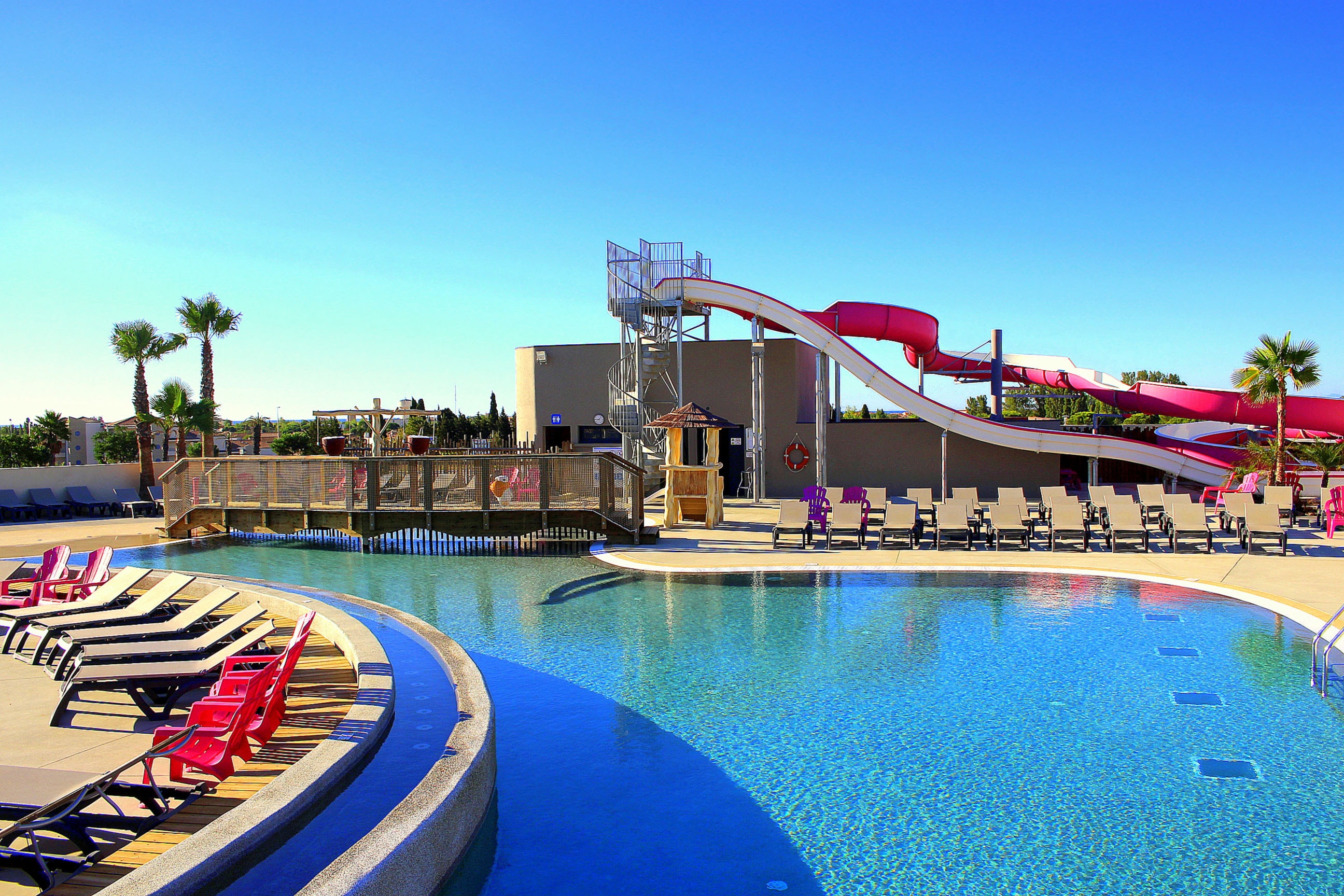
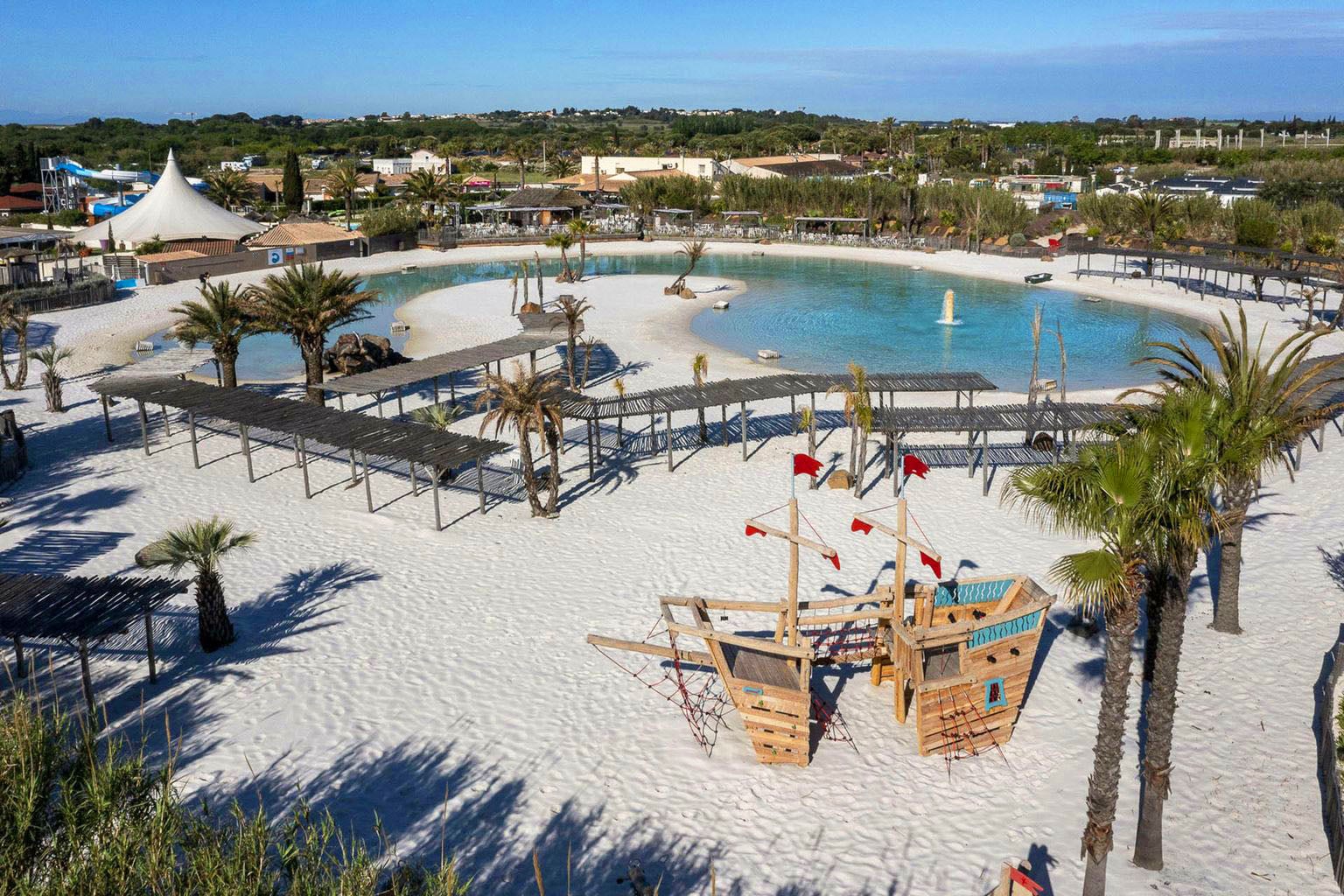
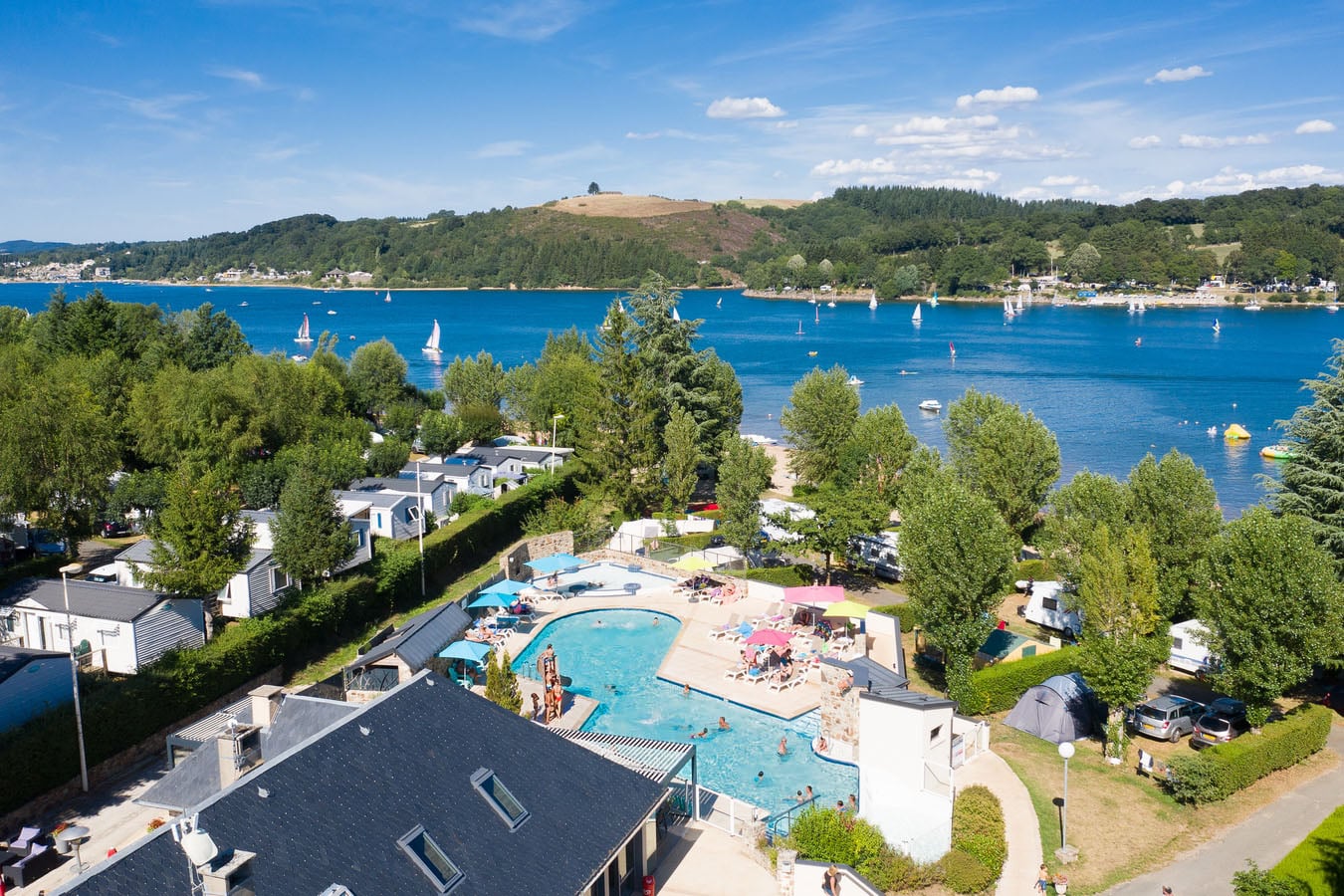
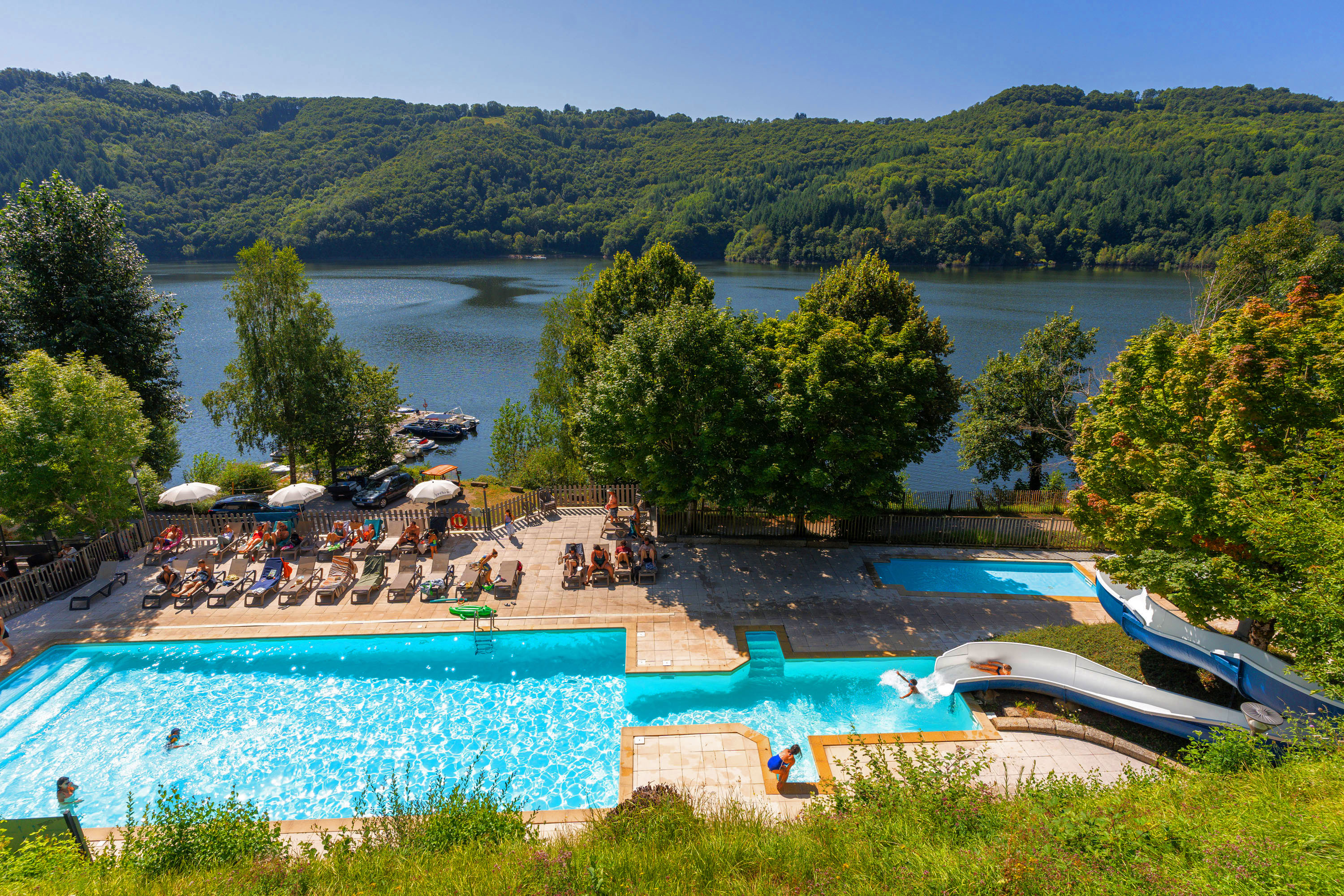

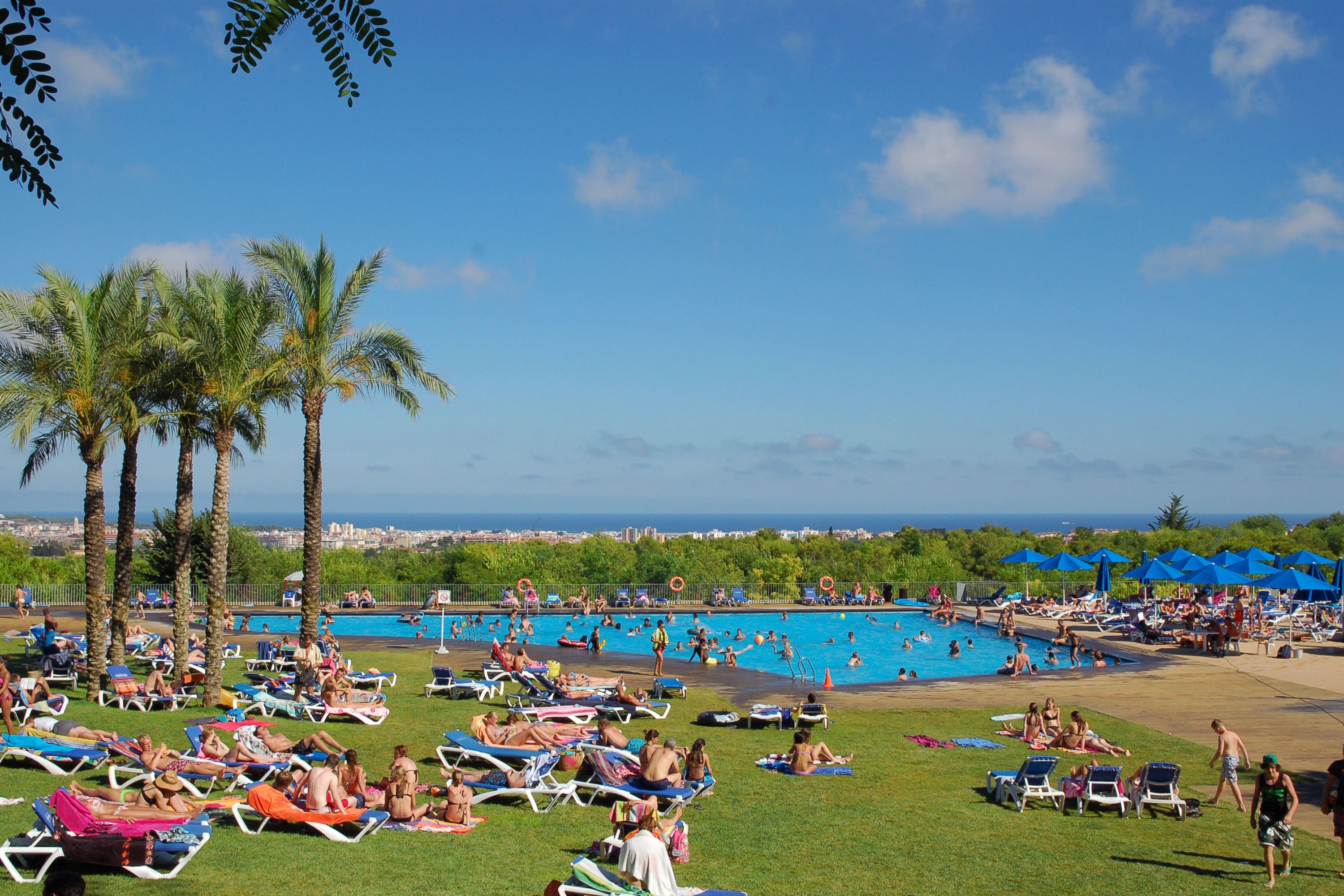
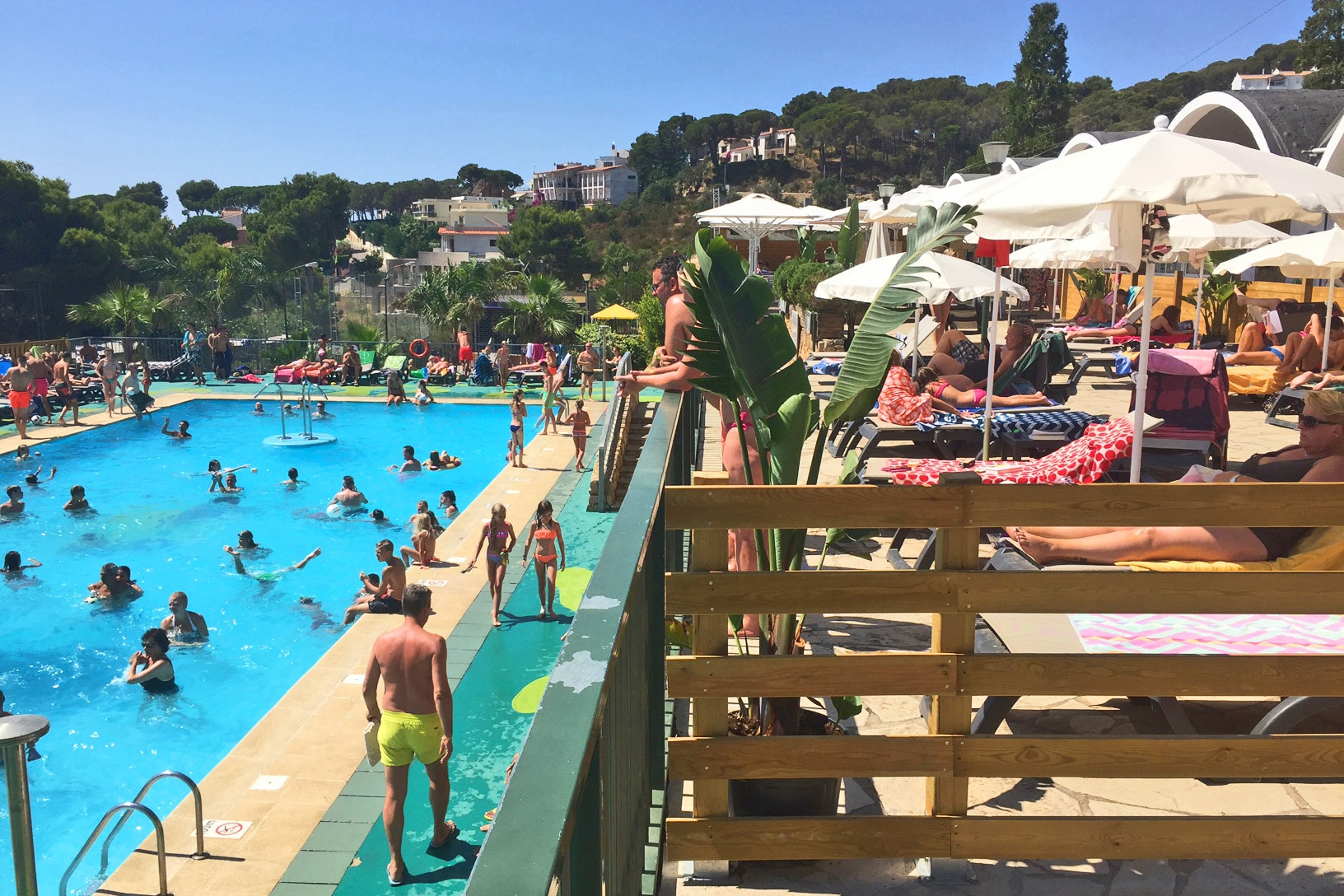
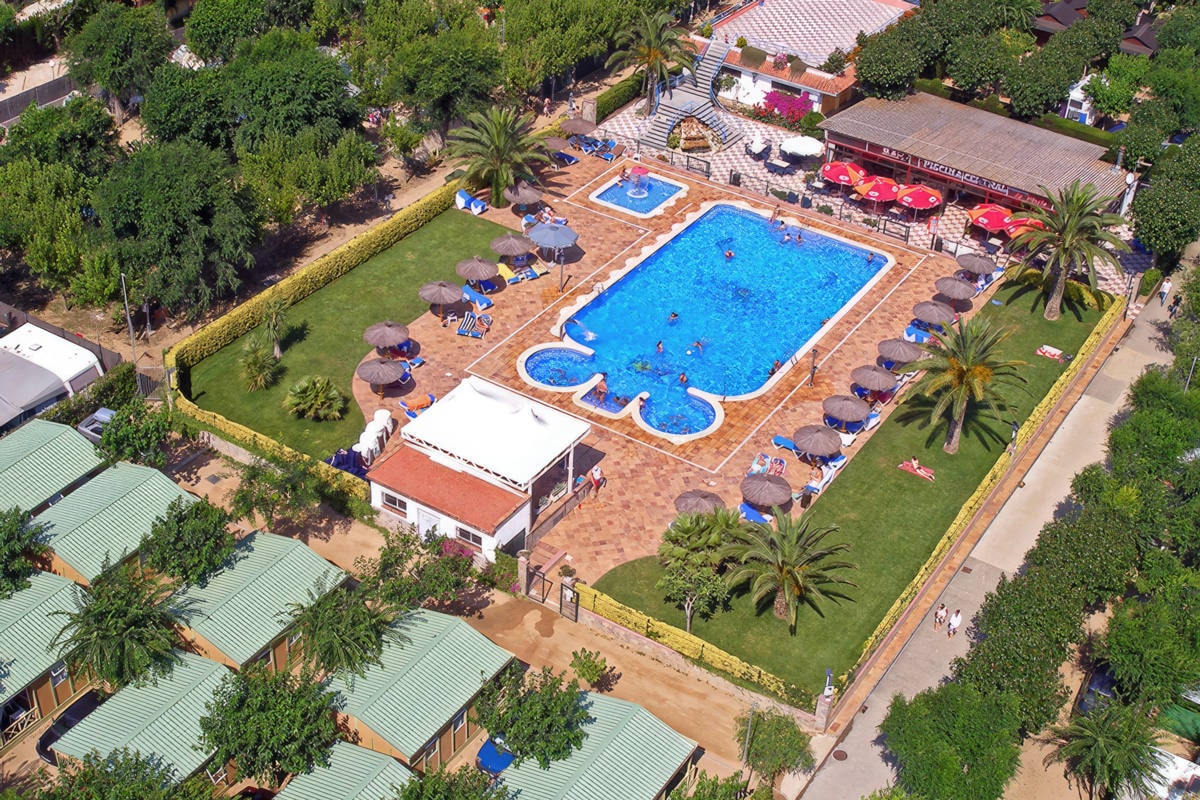
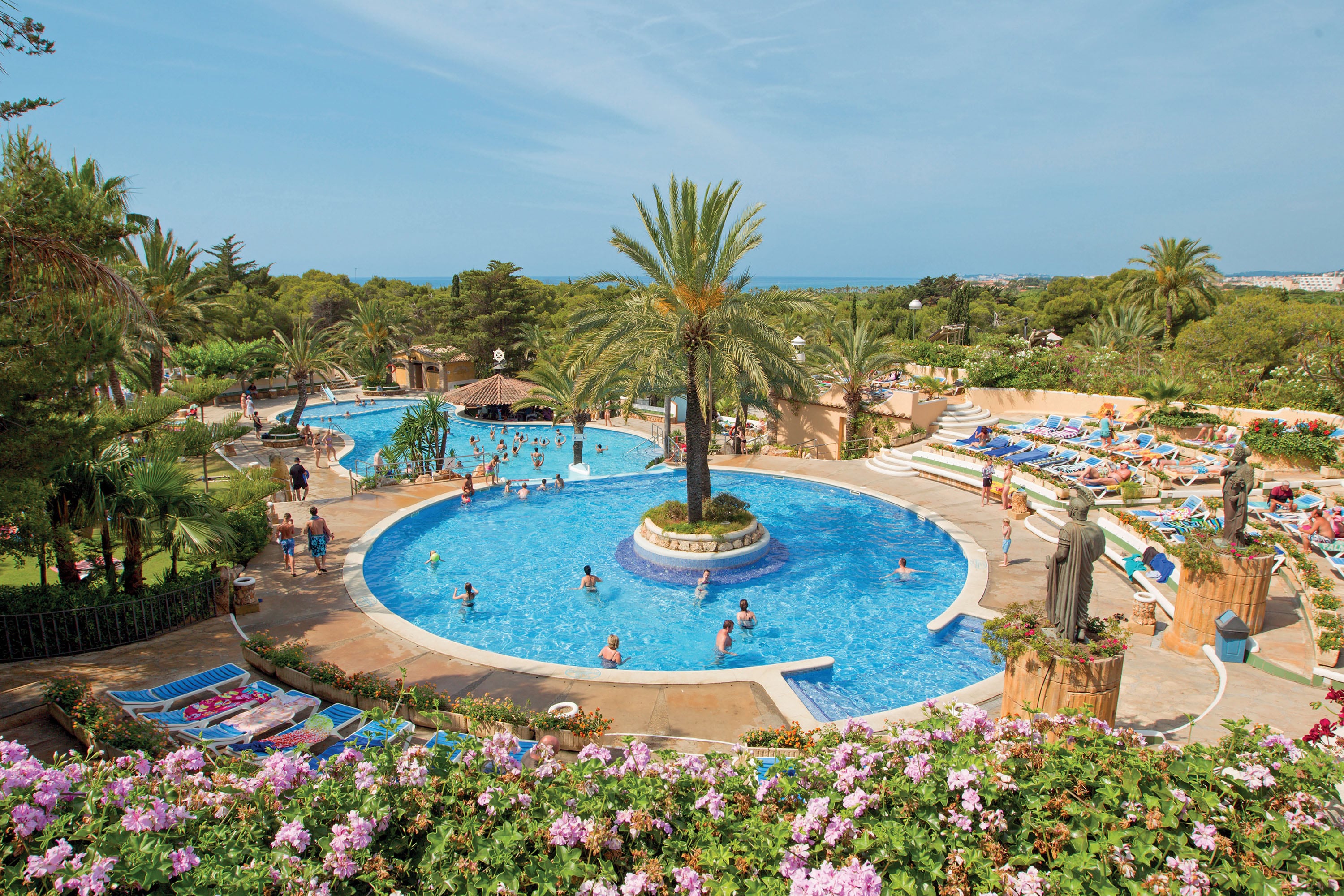




Latest comments